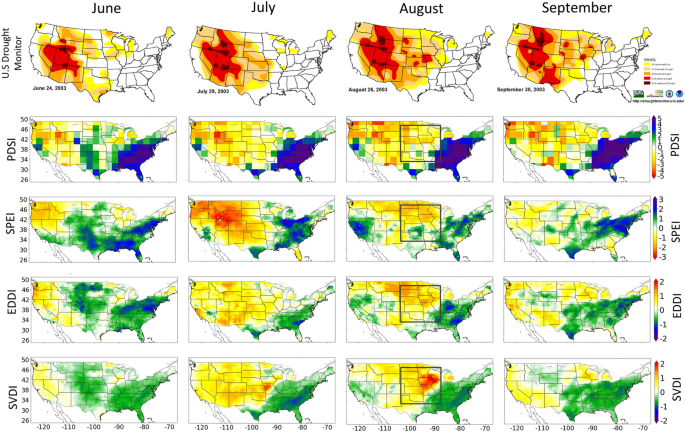2022-09-14 ペンシルベニア州立大学(PennState)
この研究は、不耕起、チゼルディスク、モールドボード耕の3つの耕作方法-それぞれ低、中、高強度の物理撹乱レベルを表す-として40年間管理されてきたプロットから採取した土壌試料を集めて評価した。
研究者らは、トウモロコシと大豆の作物から採取した土壌で、土壌細菌群集と脱窒遺伝子マーカー(微生物の種を特定するために使用できるDNA配列)を評価した。また、耕起、作物の種類、作物ステージの影響を受けた土壌のマイクロバイオームを評価するため、トウモロコシと大豆の3つの成長ステージで土壌サンプルを採取した。
研究結果では、耕起が作物の種類や作物ステージよりも微生物群構成や遺伝子マーカーに影響を与えることが報告された。他の耕作方法と比較して、不耕起土壌では、いくつかの種類の亜酸化窒素生成バクテリアのマーカー遺伝子が少なかったが、亜酸化窒素分解バクテリアには差がなかったことから、不耕起土壌では亜酸化窒素ガスの生成および排出が少ない可能性が示唆された。
<関連情報>
- https://www.psu.edu/news/research/story/no-till-management-may-reduce-nitrous-oxide-gas-releases-fight-climate-change/
- https://www.sciencedirect.com/science/article/pii/S0167198722002112?dgcid=coauthor
耕起強度と植物根圏の選択が細菌-古細菌群集の多様性と窒素循環遺伝子を形成する Tillage intensity and plant rhizosphere selection shape bacterial-archaeal assemblage diversity and nitrogen cycling genes
MaraCloutier,TiffanieAlcaide,SjoerdDuiker,Mary AnnBruns
Soil & Tillage research Available online: 7 September 2022
DOI:https://doi.org/10.1016/j.still.2022.105525

Highlights
- •Tillage intensity, bulk/rhizosphere, growth stage, interactions affected communities.
- •Soybean rhizospheres showed stronger selection than corn on community composition.
- •Denitrification genes lower in abundance in no-till soils relative to plowed or disked.
- •Abundances in genes for inorganic N cycle differed with tillage.
Abstract
Agroecosystem management practices, plant-microbe interactions, and climate are all factors that influence soil microbial community diversity and functionality. Herein, we assessed diversity of soil bacterial-archaeal assemblages and denitrification gene markers in a long-term tillage field experiment. We evaluated bulk and rhizosphere soils from two crop years (corn and soybean) of a three-year rotation of corn-soybean-small grain + cover crop. Soil samples were collected at three growth stages from corn and soybean plants and across three tillage practices that had been applied every year for 40 years. Tillage practices represented three levels of disturbance intensity ranging from low (no-till) to intermediate (chisel-disk) to high (moldboard plow) intensities. Bacterial assemblage diversity differed in soils having contrasting tillage histories and from bulk or rhizosphere soil (compartments), crop year, and growth stage. Compared to plowed and chisel-disked soils, no-till soils had lower abundances of denitrification genes, higher abundances of genes for dissimilatory nitrate reduction to ammonium (DNRA), and higher abundances of family-level taxa associated with archaeal nitrification and anammox. Soybean rhizospheres exerted stronger selection on bacterial-archaeal composition and diversity relative to corn rhizospheres. Abundances of N genes were grouped by factors related to weather, as well as management and soil compartment, which could impact activity related to denitrification and DNRA. Low intensity tillage may provide an option to reduce potential ‘hot spots’ or ‘hot moments’ for N losses in agricultural soils, although weather and crop type are also important factors that can influence how tillage affects microbial assemblages and microbial N use.



